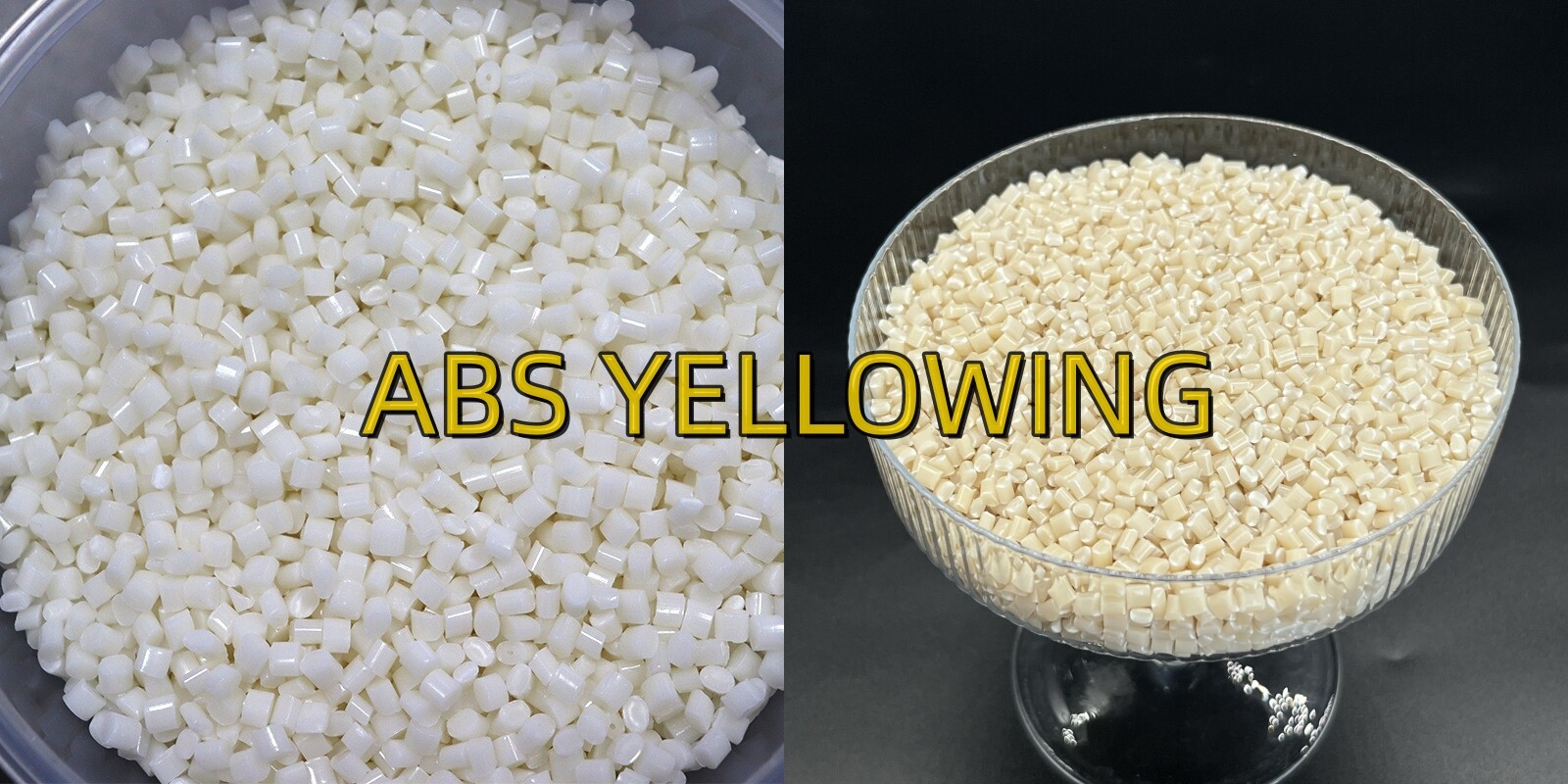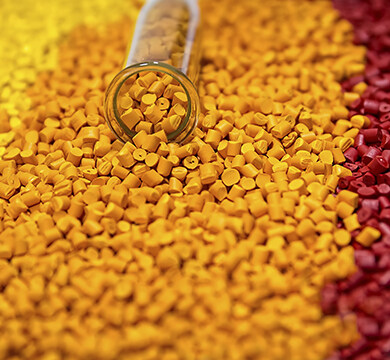Erreur de format d'e-mail
emailCannotEmpty
emailDoesExist
pwdLetterLimtTip
inconsistentPwd
pwdLetterLimtTip
inconsistentPwd

Offer Technical Support and Customized Solutions
The company is committed to creating new and improved plastic materials to meet the evolving demands of the market.

Understanding the Yellowing of ABS Plastic and Ways to Address It
Introduction:
ABS (Acrylonitrile Butadiene Styrene) plastic is widely used in various applications due to its durability, heat resistance, and aesthetic appeal. However, many users have noticed that ABS plastic tends to yellow over time. This blog post aims to explore the reasons behind this phenomenon and provide potential solutions.
Causes of ABS Plastic Yellowing:
-
Aging and Degradation: The yellowing of ABS plastic products is often a result of material aging or degradation. In the case of PP (Polypropylene), yellowing occurs due to the presence of up-side bases in the polymer structure, which makes it less stable, especially under exposure to light. To mitigate this, light stabilizers are usually added. However, ABS plastic has no up-side bases, so initial yellowing during processing or early use is less common for ABS plastic particles. The yellowing of ABS plastic particles is more closely related to the product formulation.
-
Environmental Factors: Yellowing can be influenced by factors such as heat, moisture, oxidation, and exposure to ultraviolet (UV) radiation. When ABS plastic products are subjected to heat (e.g., electrical heating) in humid conditions, they can undergo further oxidation, leading to yellowing and brittleness. Additionally, improper ABS processing techniques, such as prolonged injection molding times or inadequate cooling cycles with mold temperatures of 60-70°C, can contribute to degradation.
-
Lack of Stabilizers: ABS plastic does not possess excellent antioxidation properties, making it susceptible to yellowing under sunlight or exposure to the elements. To address this, manufacturers often incorporate antioxidants and UV stabilizers during the production of ABS profiles, which helps reduce yellowing caused by UV absorption.
Preventing and Managing Yellowing:
-
Proper Storage: To minimize yellowing, it is crucial to store ABS plastic particles in a suitable environment. Adequate storage conditions include protecting them from prolonged exposure to light, especially sunlight. Storing ABS plastic in opaque containers or dark areas can help preserve its color and integrity.
-
Utilizing Stabilizing Additives: When manufacturing ABS plastic products, additives such as antioxidation agents and UV stabilizers can be incorporated into the formulation to enhance yellowing resistance. These additives reduce the impact of environmental factors and UV radiation on the plastic, preserving its original appearance and properties.
-
Selecting White ABS with Caution: White ABS products often incorporate whitening agents to achieve a bright, pristine appearance. However, over time, these whitening agents can lose their effectiveness under sunlight exposure, causing yellowing of the product. If the white ABS product has turned yellow, it is challenging to restore its original whiteness.
Conclusion:
Understanding the factors contributing to the yellowing of ABS plastic is essential for users and manufacturers alike. By implementing proper storage practices and utilizing stabilizing additives, the yellowing of ABS plastic can be minimized, ensuring the longevity and aesthetic appeal of ABS-based products.
https://www.toponew.com/products/abs-compound/ABS-Plastic-Resin-Pellets-Acrylonitrile-Butadiene-Styrene-Plastic

